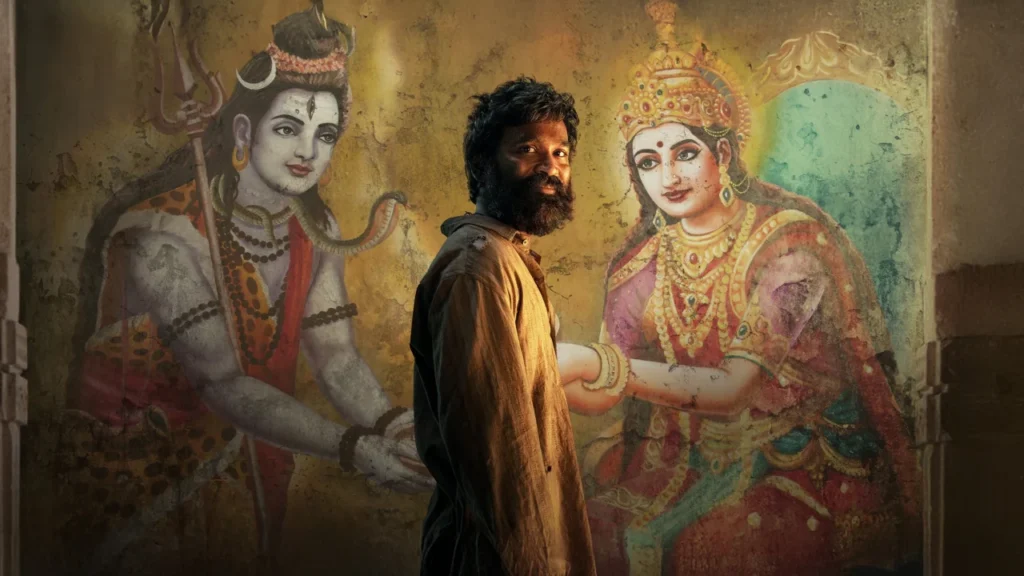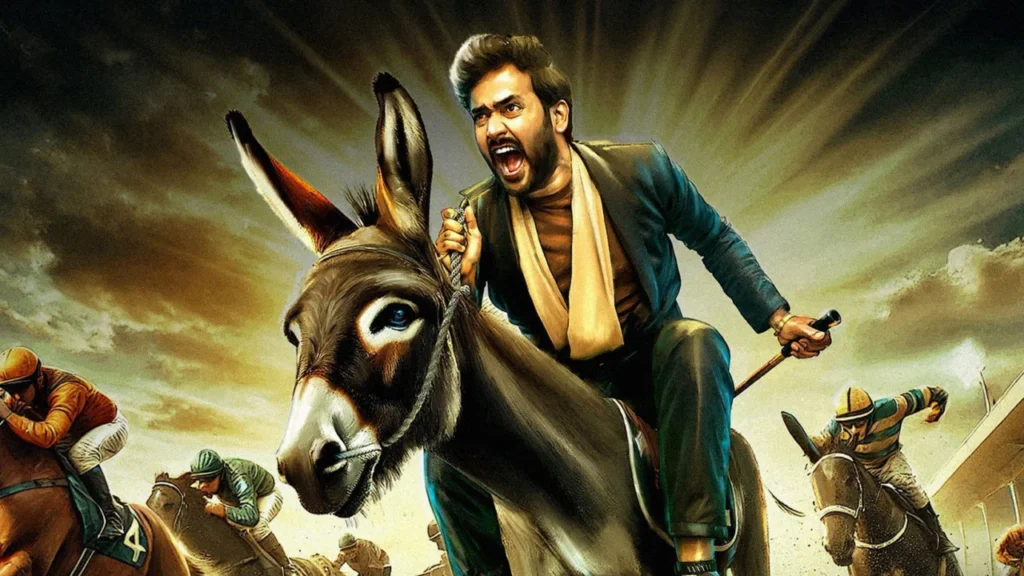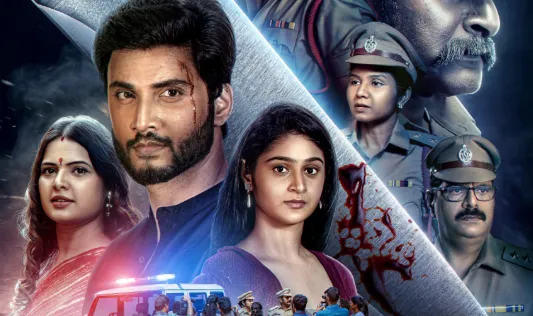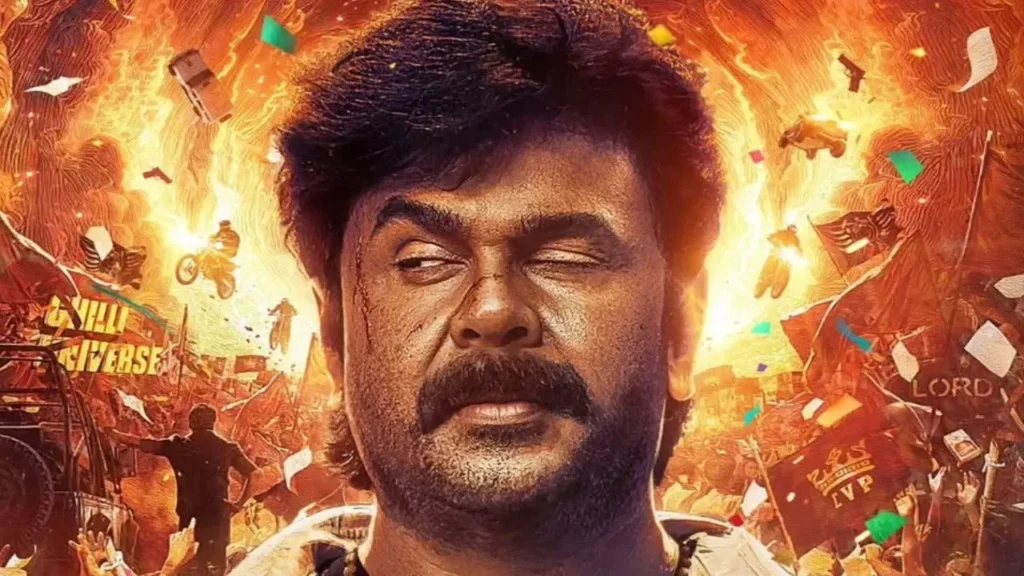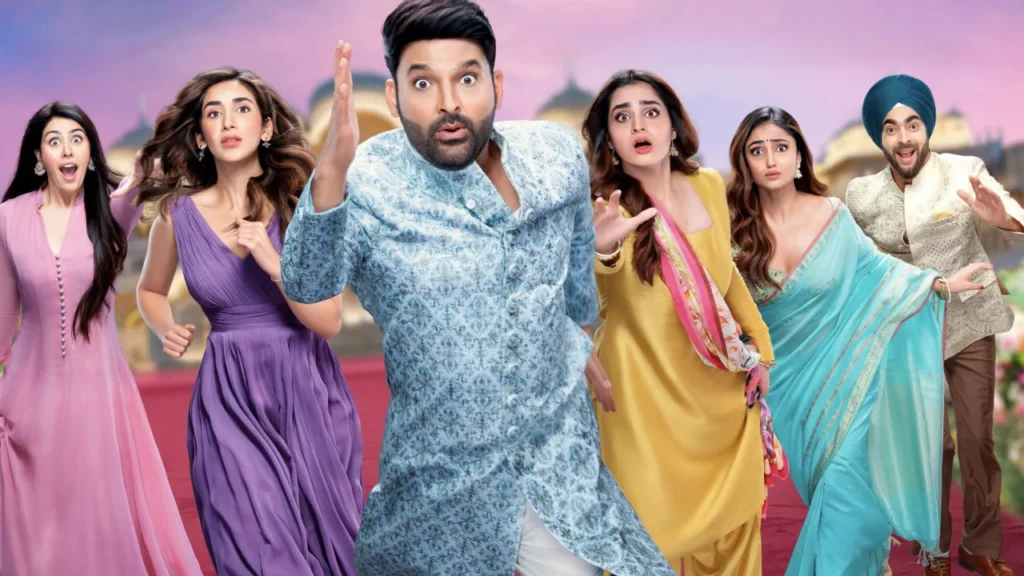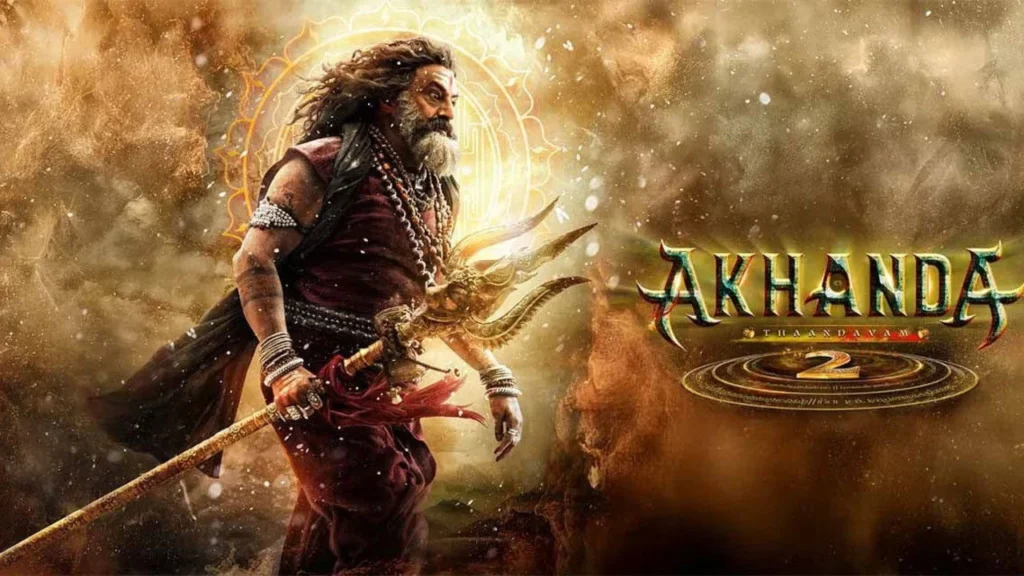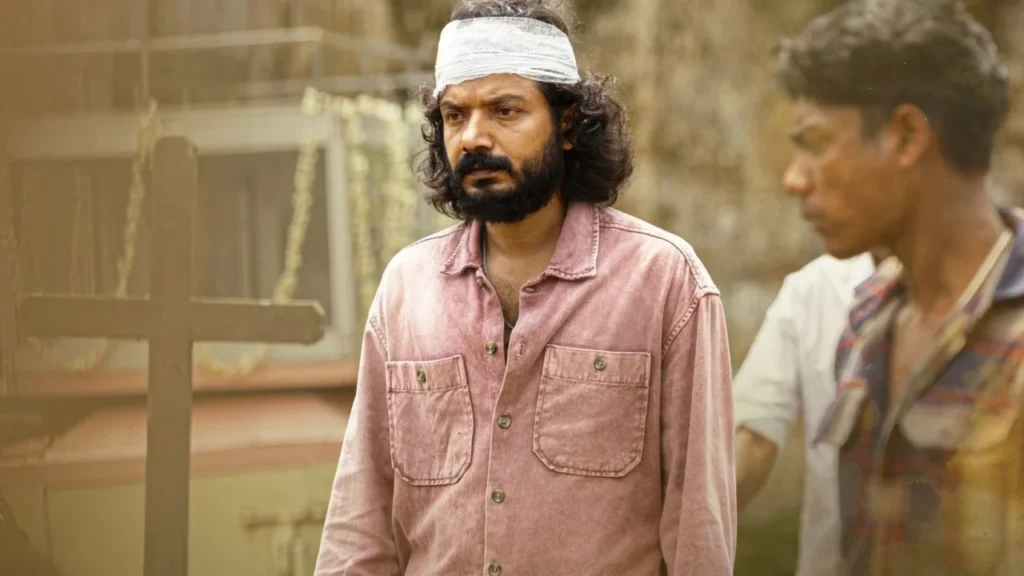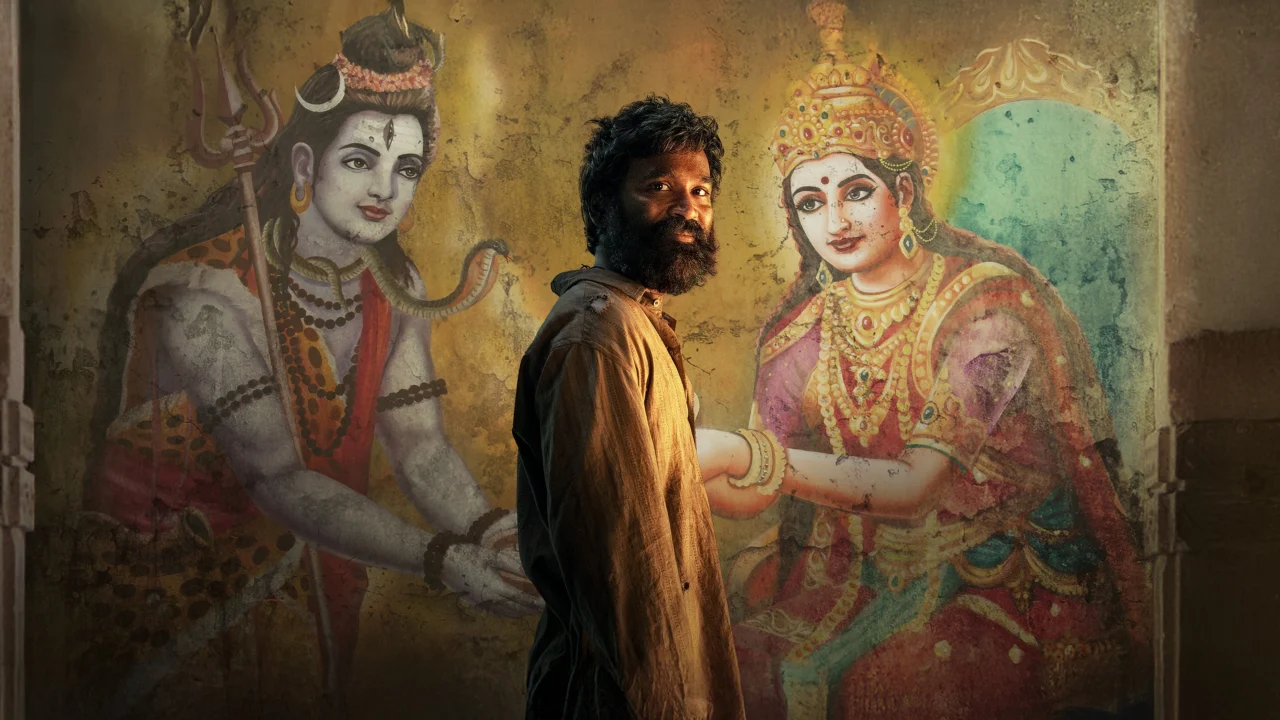
Kuberaa (2025) REVIEW: Dhanush’s Career-Best Performance Saves This Ambitious Social Drama
Sekhar Kammula ventures into pan-Indian cinema for the first time with Kuberaa, bringing together Tamil superstar Dhanush and Telugu veteran Nagarjuna. This social drama also features Rashmika Mandanna and Jim Sarbh in key roles. The film explores how money transforms human relationships and moral boundaries.
Drawing inspiration from Kubera, the Hindu deity of wealth, the movie promises to examine society’s obsession with riches. Set primarily in Mumbai’s contrasting landscapes, from slums to corporate towers, the narrative aims to expose the dark underbelly of financial power. Devi Sri Prasad’s music and Niketh Bommi’s cinematography provide the technical backbone.

The Story
Jim Sarbh plays a ruthless businessman who stumbles upon valuable oil deposits beneath the Bay of Bengal. His character represents corporate greed at its worst, willing to exploit anyone for profit. The discovery sets off a chain of events affecting lives across social strata.
The heart of Kuberaa lies in Dhanush’s character transformation from a street beggar to someone entangled in high-stakes financial manipulation. This journey becomes a mirror reflecting how desperation can compromise principles. The script attempts to show how poverty makes people vulnerable to exploitation.
Nagarjuna portrays a middle-class government employee whose family struggles with financial constraints. His character provides the moral center of the story. When these three worlds collide, the film explores corruption at different societal levels.
The screenplay weaves together multiple storylines showing how one person’s greed affects countless lives. However, Kammula struggles to maintain narrative focus while juggling complex themes. The story has potential but lacks the tight execution needed.
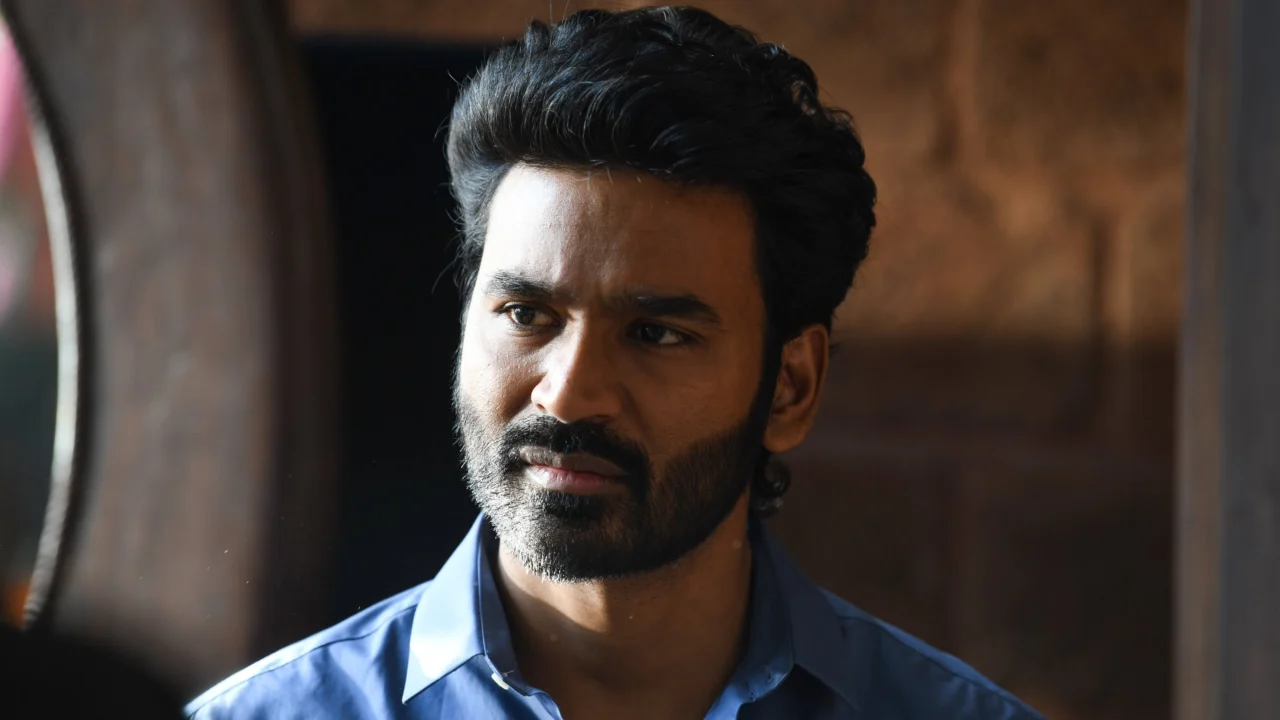
Acting Department
Dhanush delivers his career-best performance in this Telugu venture, completely immersing himself in the beggar’s role. His physical transformation and emotional range showcase why he’s considered one of India’s finest actors. Every scene featuring him crackles with authenticity.
Nagarjuna brings gravitas to his government official character, balancing desperation with dignity beautifully. His portrayal of a man caught between family needs and professional ethics feels genuine. The veteran actor proves his versatility once again.
Jim Sarbh excels as the manipulative businessman, making the villain both detestable and compelling. His screen presence dominates whenever he appears. Rashmika Mandanna, despite limited screen time, makes her mark with a nuanced performance as someone frustrated by economic circumstances.
The supporting cast, including Sunaina Yella and Hareesh Peradi, adds depth to the narrative. Each character feels lived-in rather than merely functional. The ensemble work elevates the overall impact.
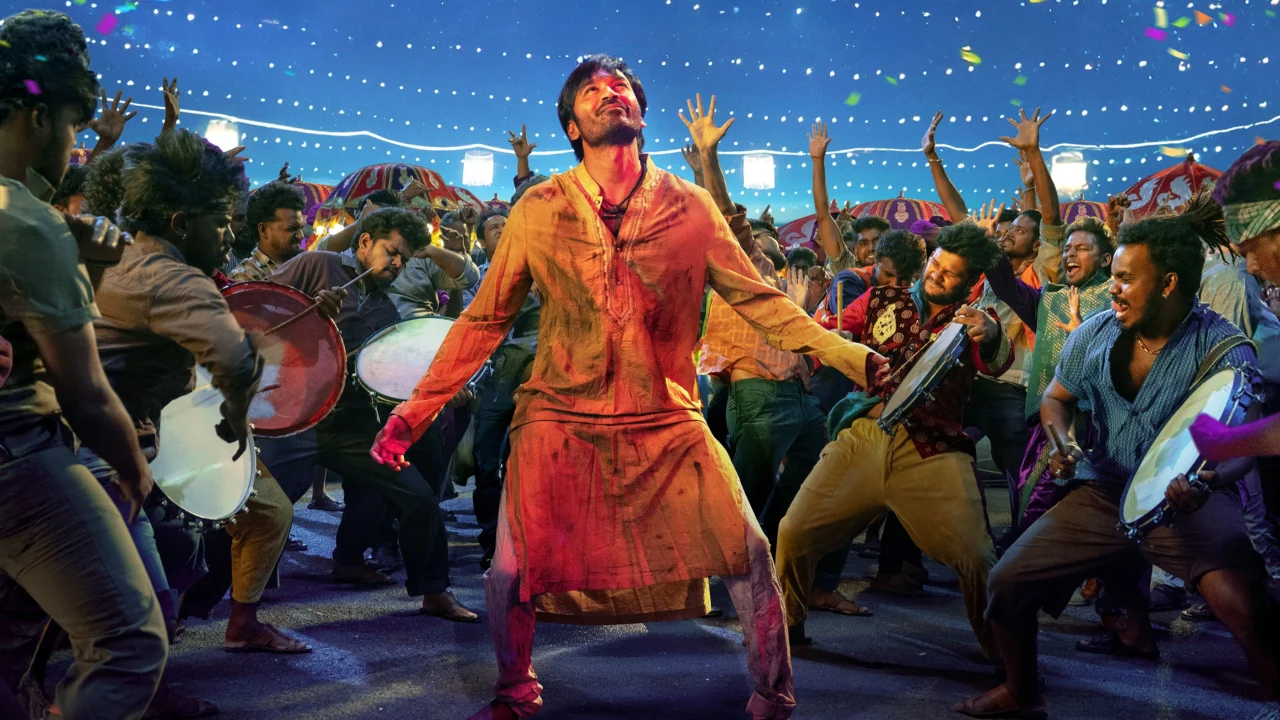
Technical Brilliance
Niketh Bommi’s camera work captures Mumbai’s stark contrasts brilliantly, from cramped slum quarters to gleaming corporate offices. The visual storytelling enhances the narrative’s social commentary. Every frame serves the story’s central theme.
Thota Tharani’s production design creates authentic environments that ground the story in reality. The attention to detail in recreating different economic backgrounds shows meticulous planning. The sets become characters themselves.
Devi Sri Prasad’s background score supports the narrative without overwhelming it. The music complements the film’s serious tone while adding emotional layers. The sound design creates an immersive experience throughout.
Karthika Srinivas R’s editing maintains good pacing despite the complex narrative structure. The transitions between different storylines feel natural. However, some sequences could have been trimmed for better impact.
What Works Well
The film succeeds in creating compelling character arcs that feel genuine rather than constructed. I appreciated how Kammula doesn’t judge his characters but presents their motivations clearly. The moral ambiguity makes the story more engaging.
Social commentary feels organic rather than forced, emerging naturally from character interactions. The film avoids preaching while making its point about wealth inequality. This subtle approach works better than heavy-handed messaging.
The performance quality across all actors maintains consistently high standards. Even smaller roles feel important to the overall narrative. This ensemble approach strengthens the film’s emotional impact significantly.
Visual storytelling complements the script effectively, with each technical department contributing meaningfully. The production values support rather than distract from the story. This cohesive approach enhances the viewing experience.
Areas Needing Improvement
The narrative complexity sometimes works against the film, creating confusion rather than depth. Multiple storylines compete for attention without always connecting meaningfully. Some plot threads feel underdeveloped compared to others.
Pacing issues affect the middle portions, where the story loses momentum despite strong performances. Certain sequences drag unnecessarily, testing viewer patience. Tighter editing could have improved the overall flow.
The climax feels rushed considering the careful buildup throughout the film. Important character resolutions happen too quickly, leaving emotional gaps. More time developing these crucial moments would have helped.
Some dialogue sounds artificial during key dramatic moments, breaking the otherwise naturalistic tone. These instances remind viewers they’re watching a film rather than observing real life.
Critical Response
IMDb users rated Kuberaa 6.4/10, reflecting mixed audience reception. The rating suggests viewers appreciated certain aspects while finding others lacking. Performance appreciation remains consistent across reviews.
Telugu critics gave generally positive reviews, praising Kammula’s direction and cast performances. However, they noted narrative complexity as both strength and weakness. Most reviews highlight Dhanush’s exceptional work.
Tamil audience response was cooler, possibly due to different cultural expectations from Dhanush’s films. The film performed better commercially in Telugu states. Regional preferences clearly influenced reception.
Industry observers noted the film’s ambitious scope while acknowledging execution challenges. Most agreed the performances justify watching despite story flaws. The technical quality received widespread appreciation.
My Final Take
Kuberaa represents ambitious filmmaking that doesn’t quite achieve its full potential. The film succeeds as a character study while struggling as a cohesive narrative. Kammula’s vision is clear even when execution falters.
Dhanush’s performance alone makes this worth watching for serious cinema lovers. His commitment to the role elevates everything around him. Nagarjuna and Jim Sarbh provide excellent support.
The film works best when focusing on individual character journeys rather than broader social commentary. These intimate moments reveal Kammula’s storytelling strengths. The technical craft supports these character beats well.
While not perfect, Kuberaa offers enough compelling elements to engage thoughtful viewers. It’s the kind of film that improves with reflection. The themes resonate long after the credits roll.
Rating: 3/5

